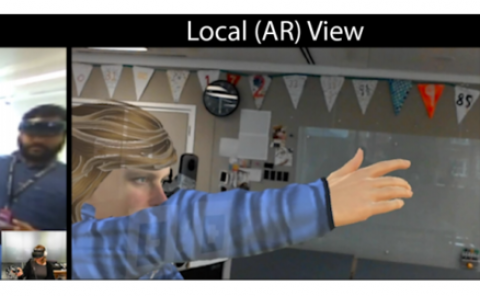Gamification for Education of the Digitally Native Generation by Means of Virtual Reality, Augmented Reality, Machine Learning, and Brain-Computing Interfaces in Museums
PubDate: Jun 2018
Teams: dblp
Writers: Olga Barkova, Natalia Pysarevska, Oleg Allenin, Serhii Hamotsky, Nikita Gordienko, Vladyslav Sarnatskyi, Vadym Ovcharenko, Mariia Tkachenko, Yurii Gordienko, Sergei Stirenko

Abstract
Particularly close attention is being paid today among researchers in social science disciplines to aspects of learning in the digital age, especially for the Digitally Native Generation. In the context of museums, the question is: how can rich learning experiences be provided for increasingly technologically advanced young visitors in museums? Which high-tech platforms and solutions do museums need to focus on? At the same time, the software games business is growing fast and now finding its way into non-entertainment contexts, helping to deliver substantial benefits, particularly in education, training, research, and health. This article outlines some aspects facing Digitally Native learners in museums through an analysis of several radically new key technologies: Interactivity, Wearables, Virtual Reality, and Augmented Reality. Special attention is paid to use cases for application of games-based scenarios via these technologies in non-leisure contexts and specifically for educational purposes in museums.


